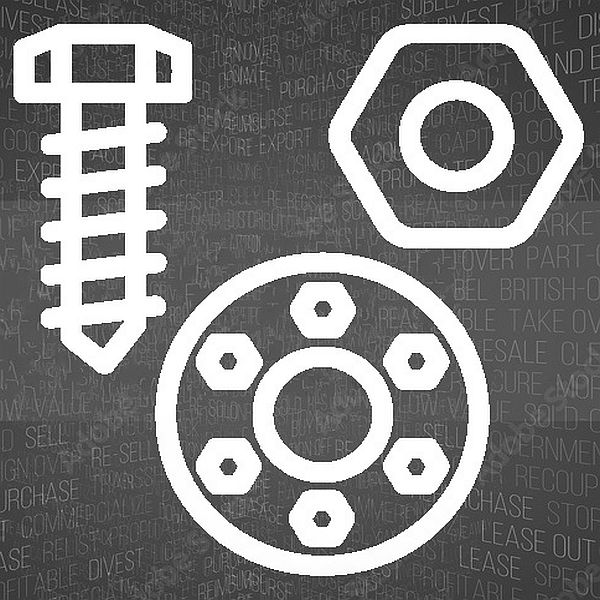Welded and bolted constructions each have their own advantages and considerations, especially in the context of communication towers:
- Transportation: Welded constructions, particularly for larger towers, can pose challenges in transportation due to their size. For example, Altruss H32 towers have sizable base dimensions (4,5×4.5 meters wide and 6 meters long), making transportation on highways impossible. In contrast, bolted constructions offer flexibility as they can be disassembled into smaller components, pipes basically, making transportation easier and more cost-effective. Most of our constructions are hybrid – lower sections are bolted, and upper (small ones) welded.
- Installation: Welded sections are generally quicker to install on-site, reducing installation time and labor costs. However, they may be more susceptible to issues such as frost cracking and welding errors. Bolted sections, while taking more time to assemble, offer the advantage of easy transportation for further distances. We may ship a 50m high tower just in one maritime container to the other hemisphere – just because this is in folded form.
- Maintenance: Bolted constructions may have an edge in terms of maintenance and future relocation. They are easier to disassemble, making potential relocation (or sale) simpler. Welded constructions, while sturdy, may pose challenges for disassembly and reassembly in the case of relocation.
- Stiffness: Both welded and bolted constructions can achieve similar levels of stiffness when properly designed and constructed. The choice between the two methods may depend more on factors such as transportation, installation ease, and long-term maintenance considerations rather than stiffness alone.
- Cost: bolted sections do require more work in production process thus are more expensive.
Ultimately, the decision between welded and bolted constructions depends on various factors including project requirements, budget constraints, transportation logistics, and long-term maintenance considerations. Each method offers its own set of advantages and trade-offs, and the choice should be made based on the specific needs and constraints of the project.

